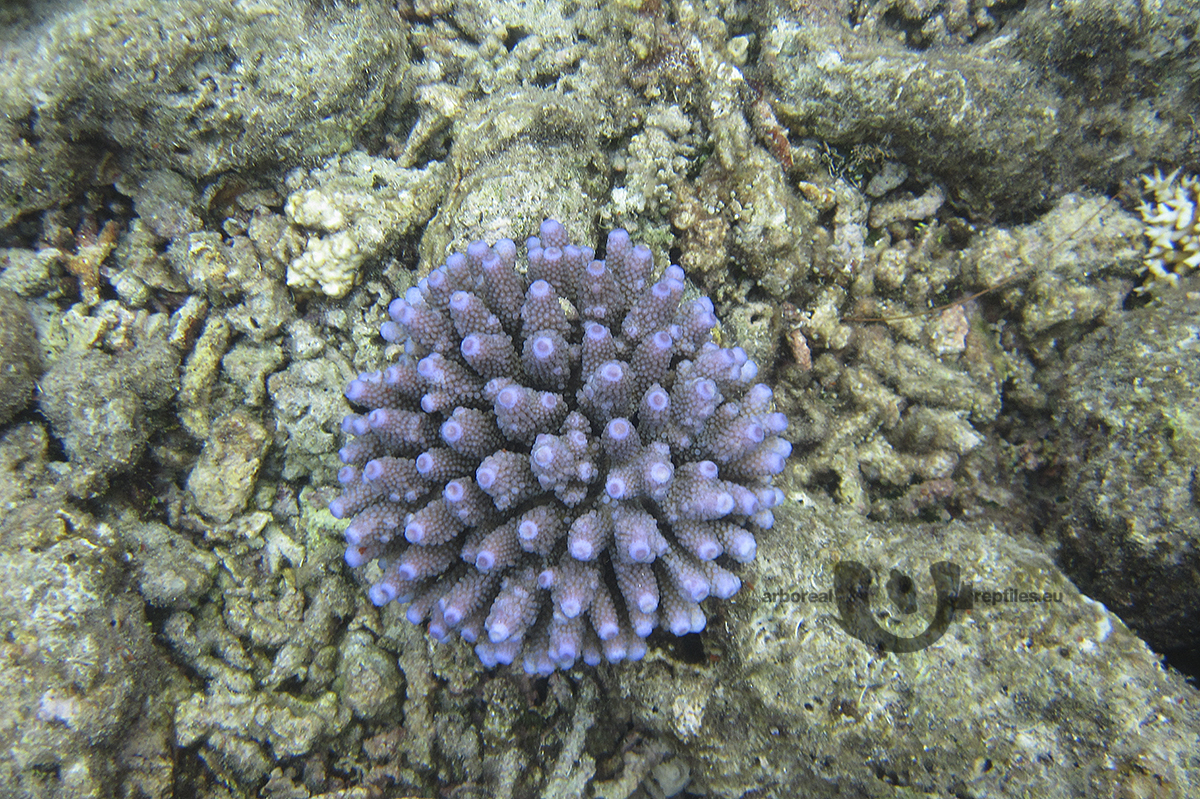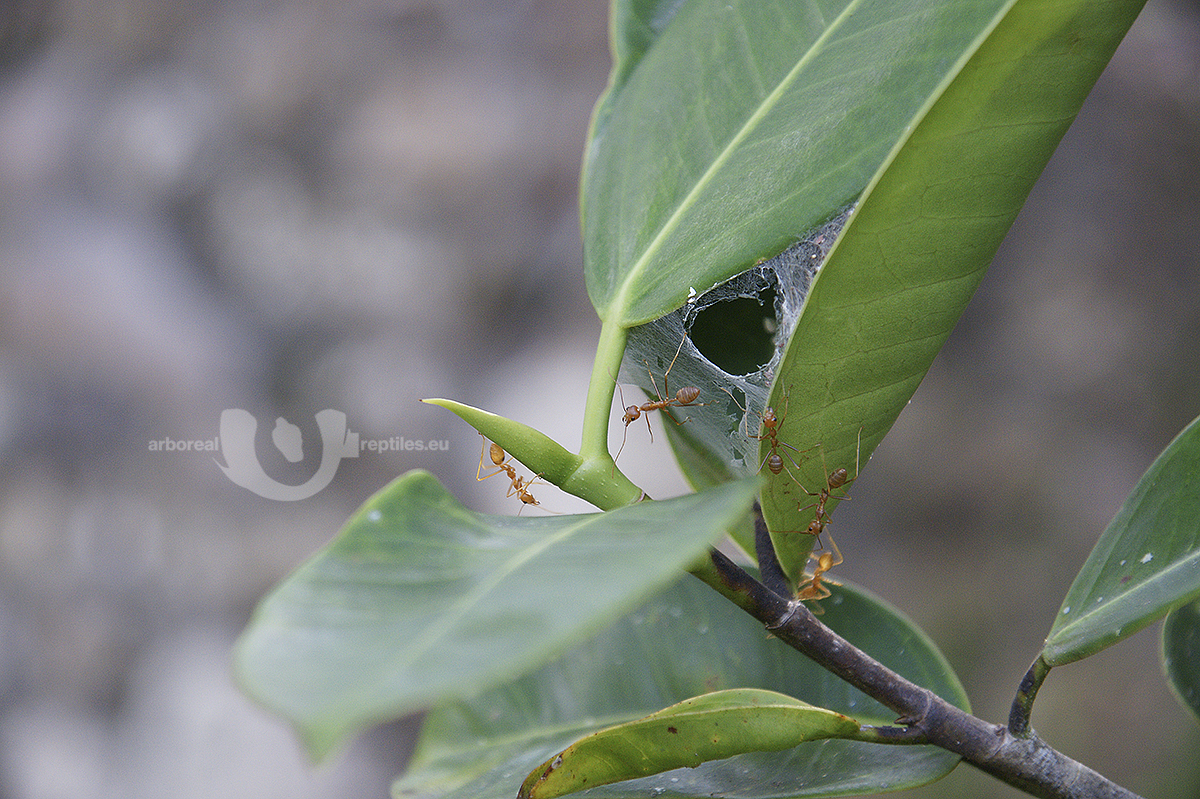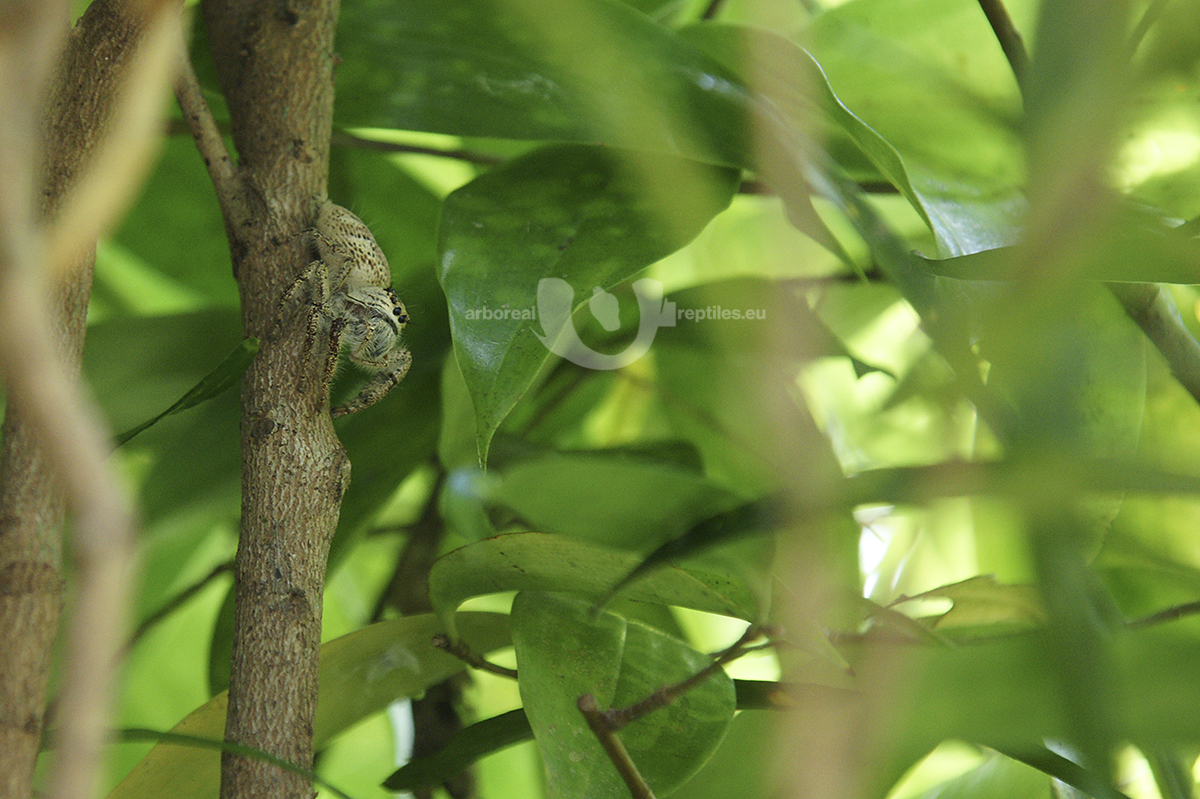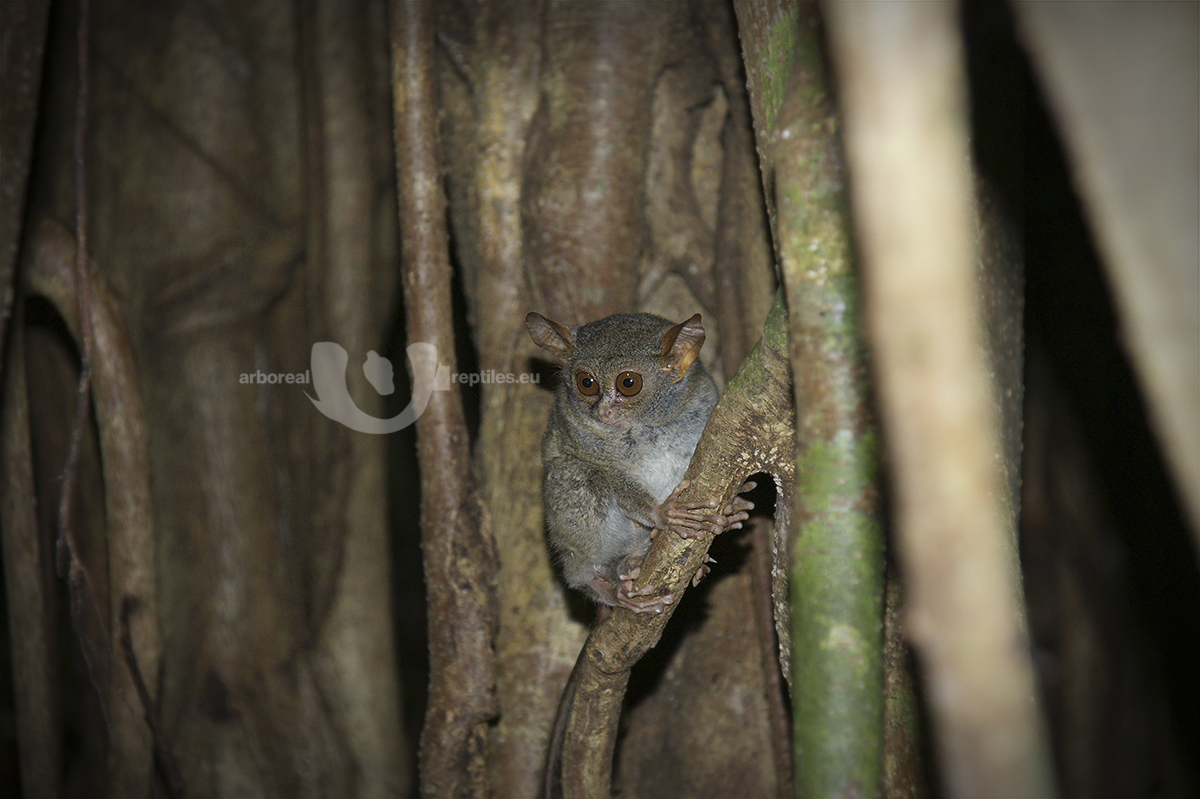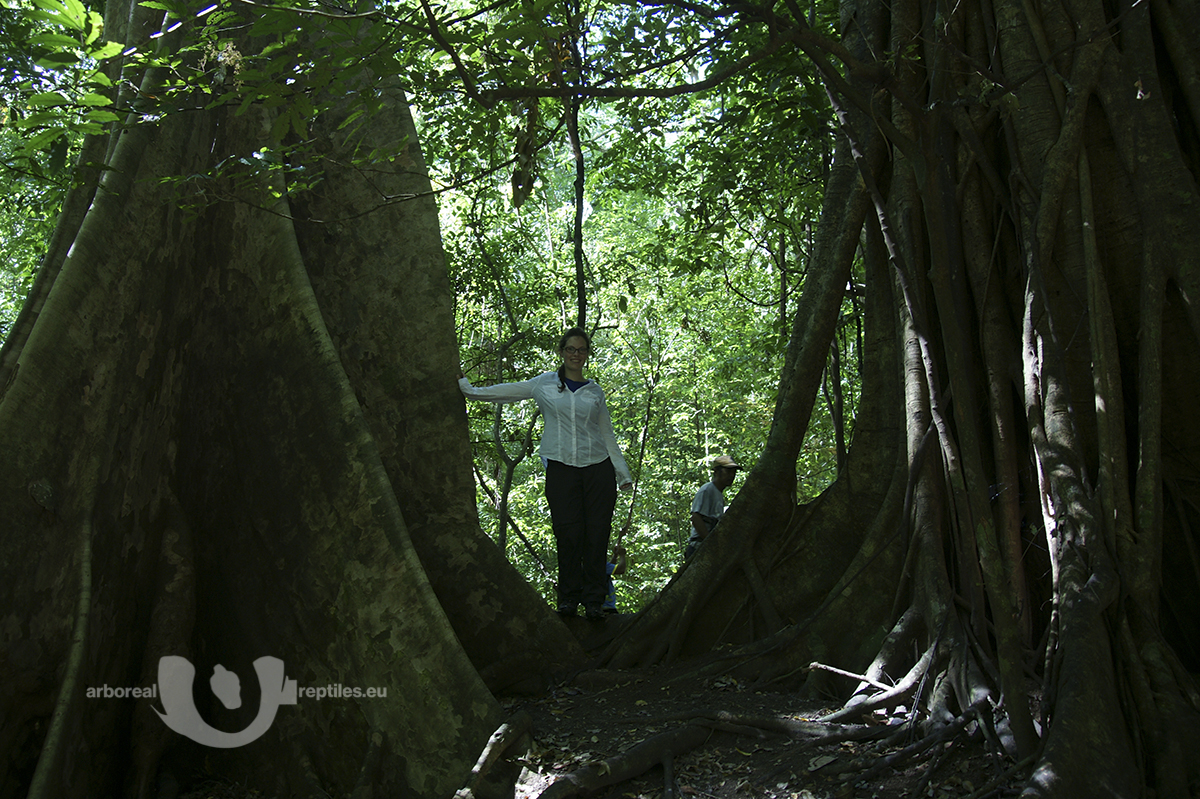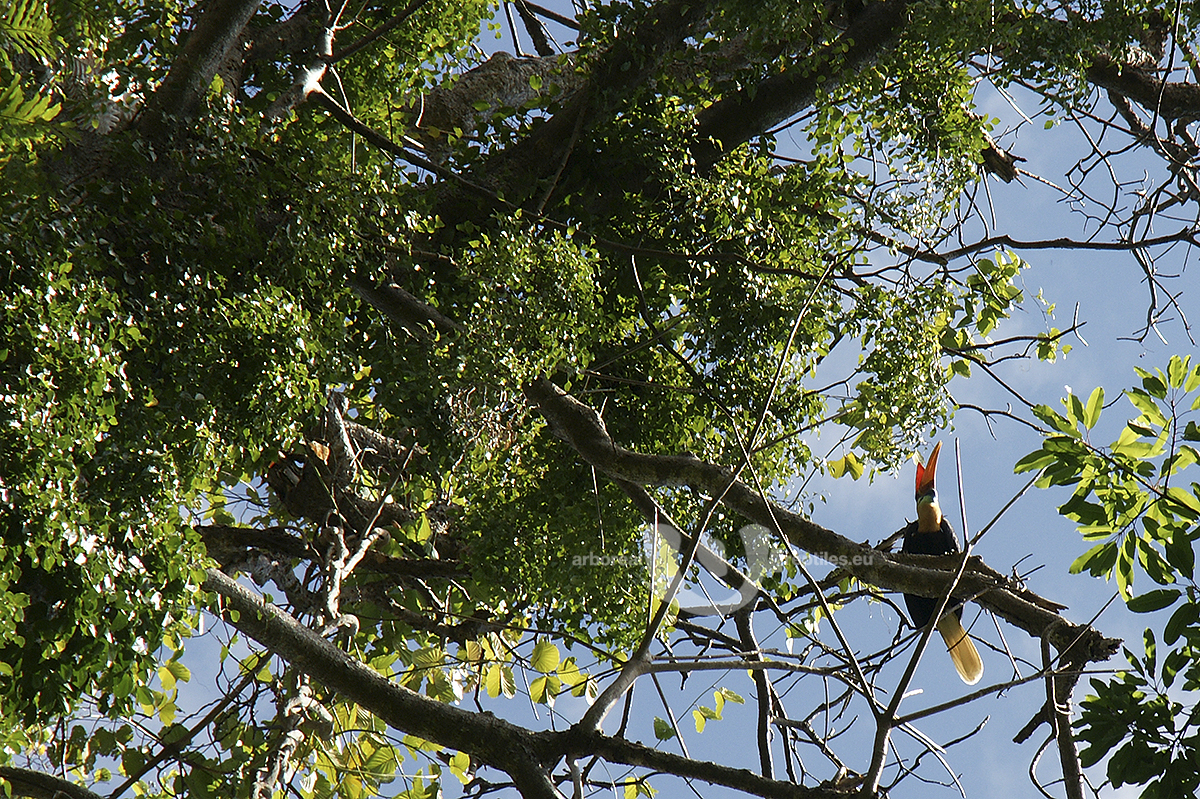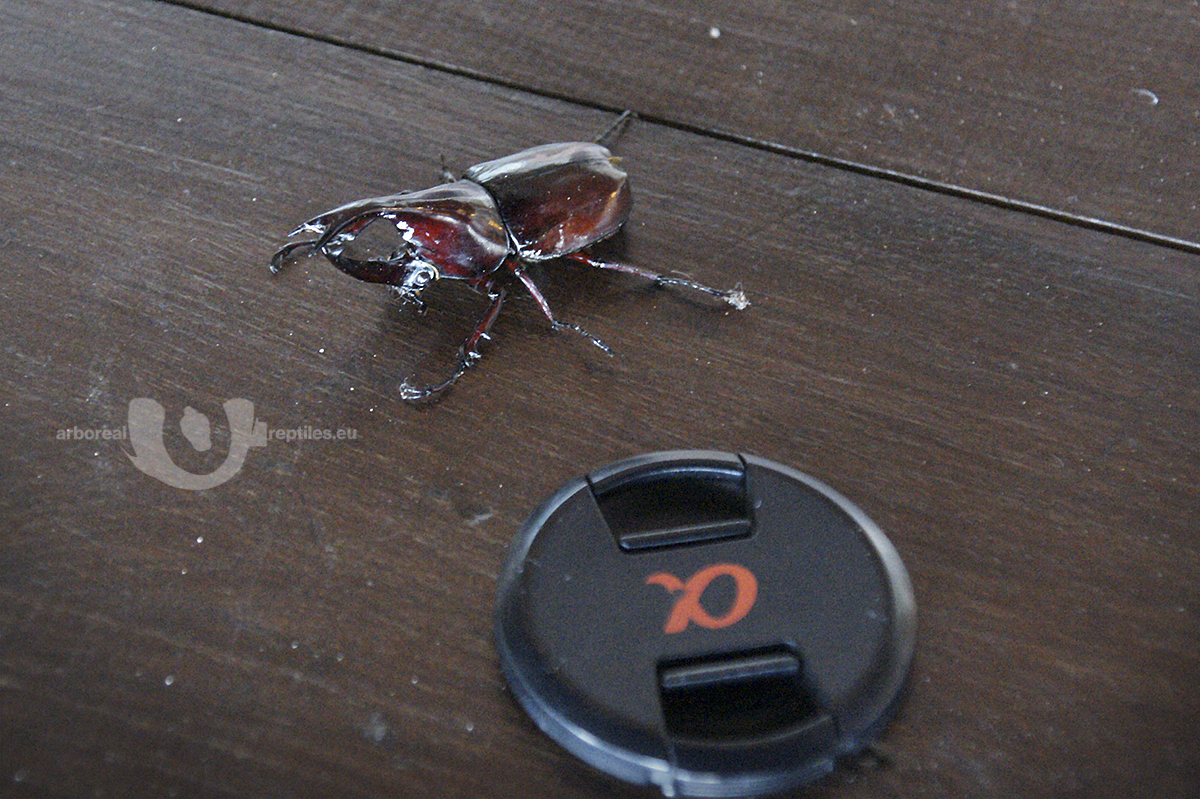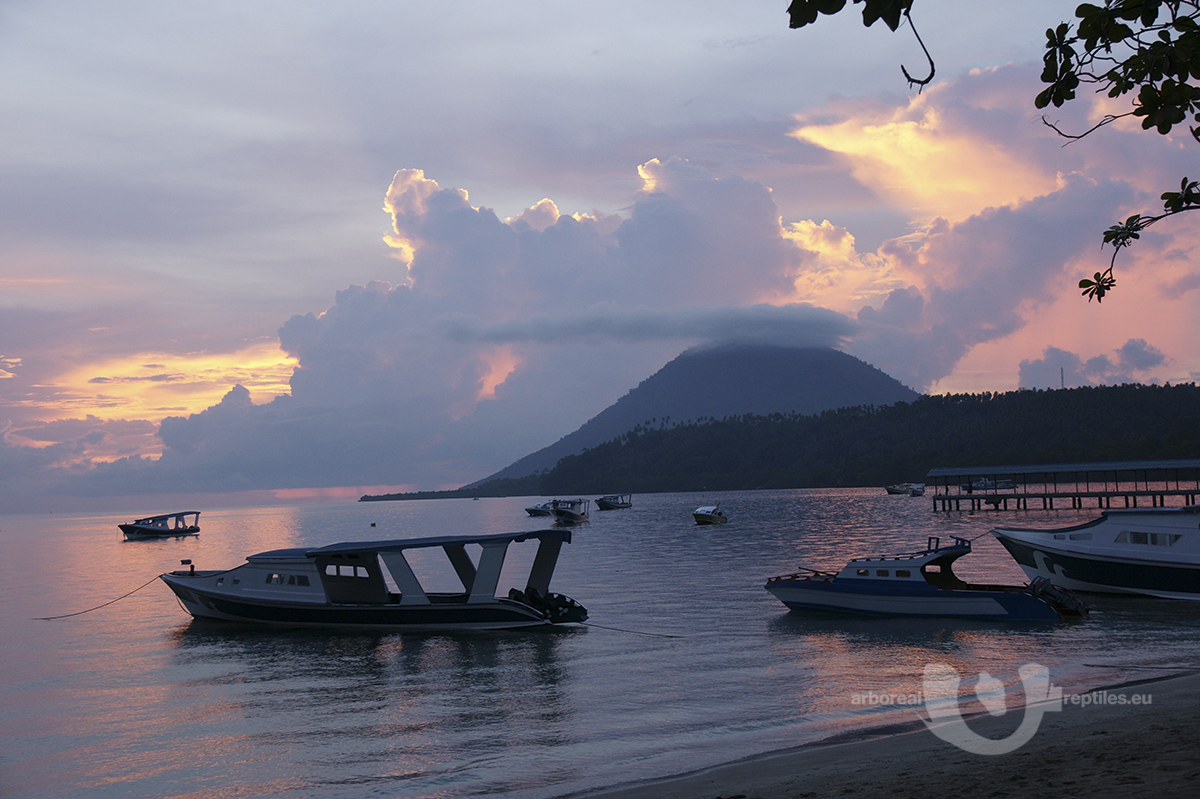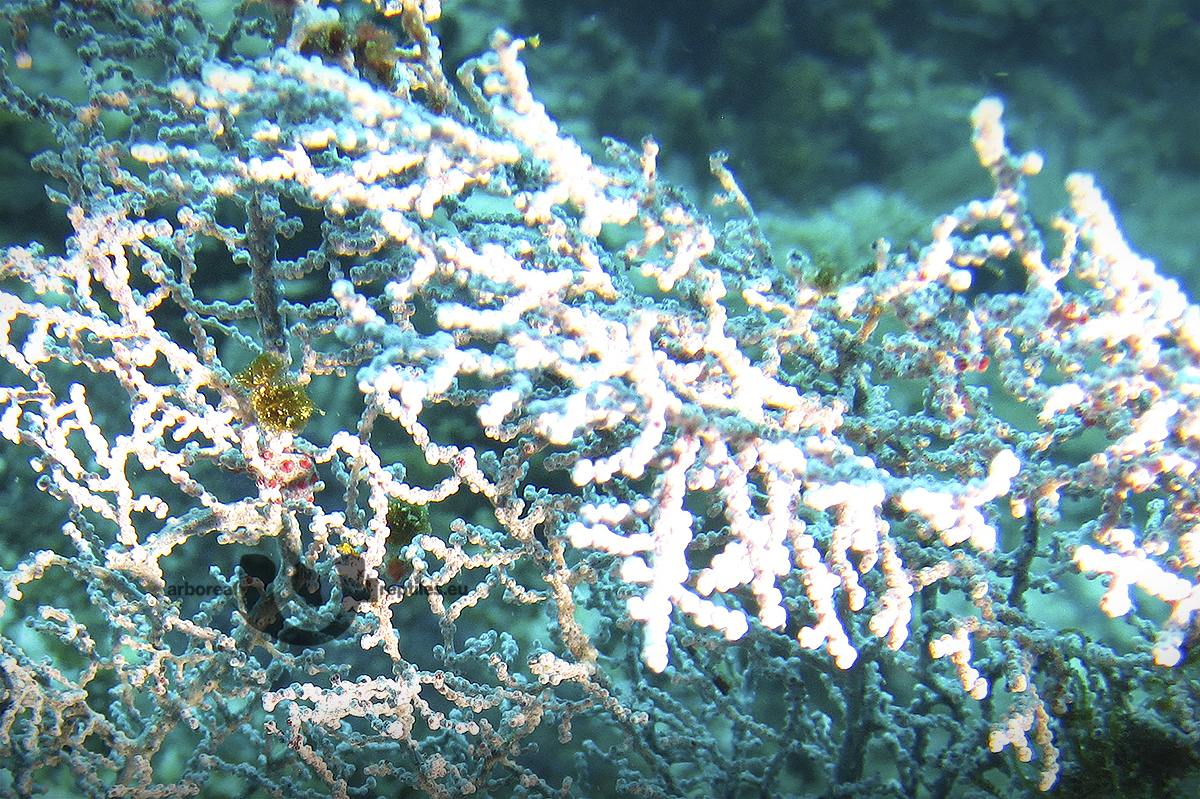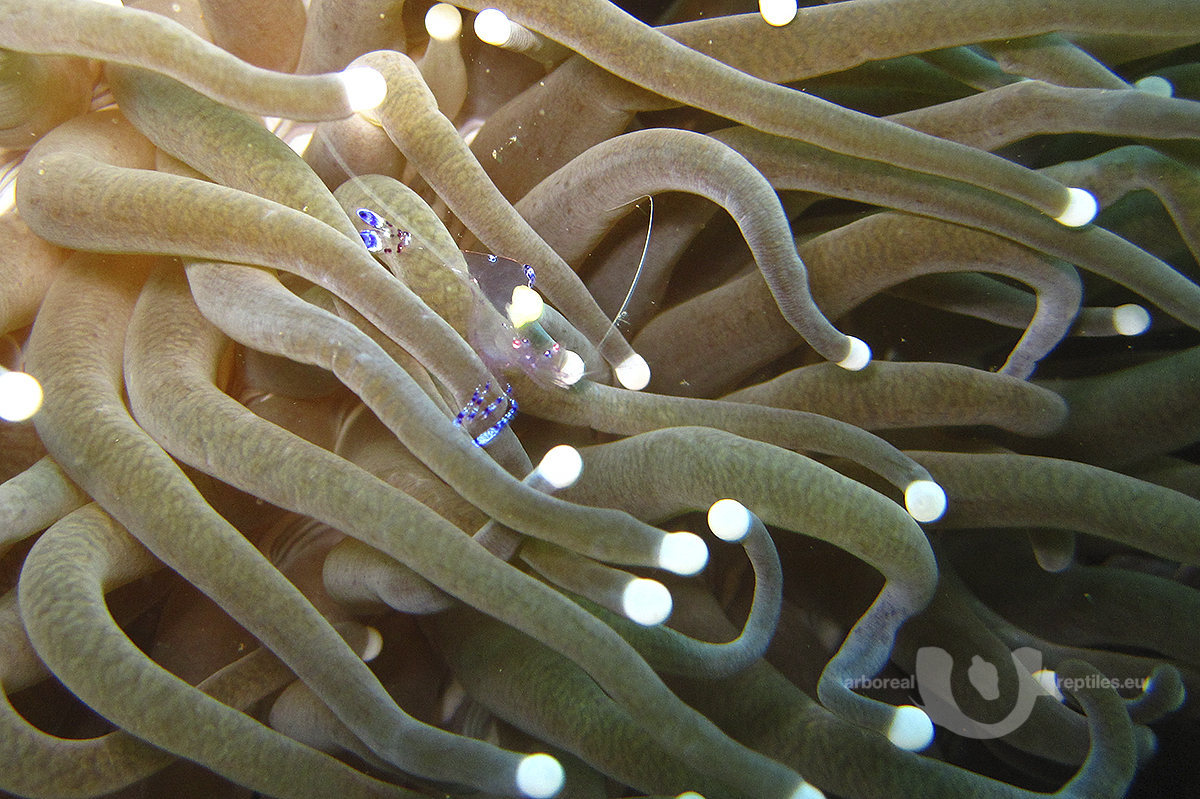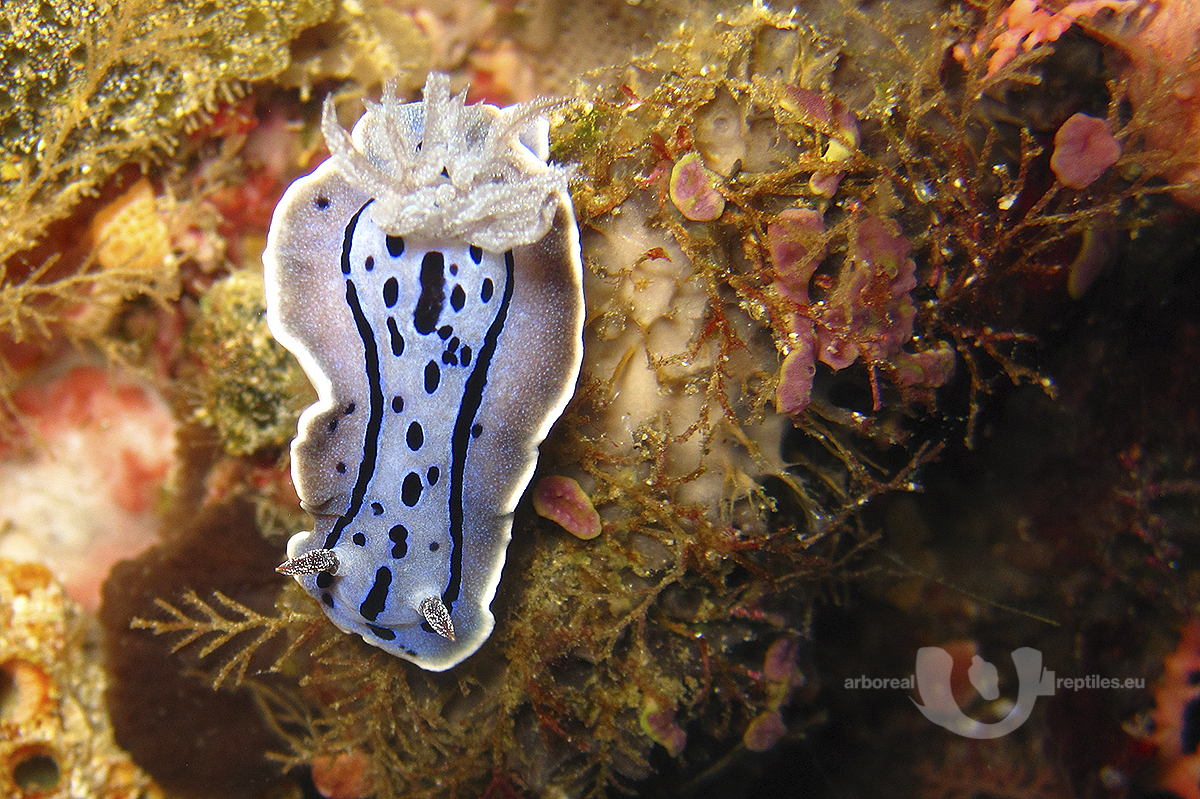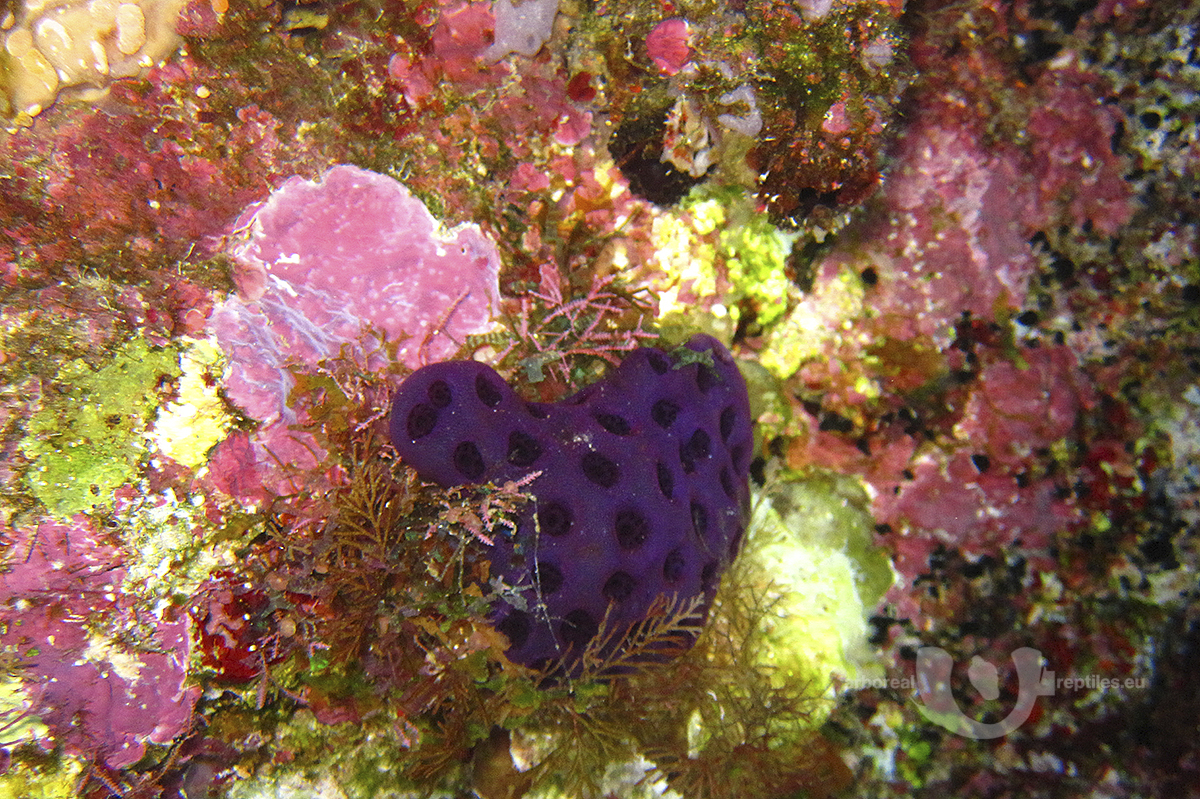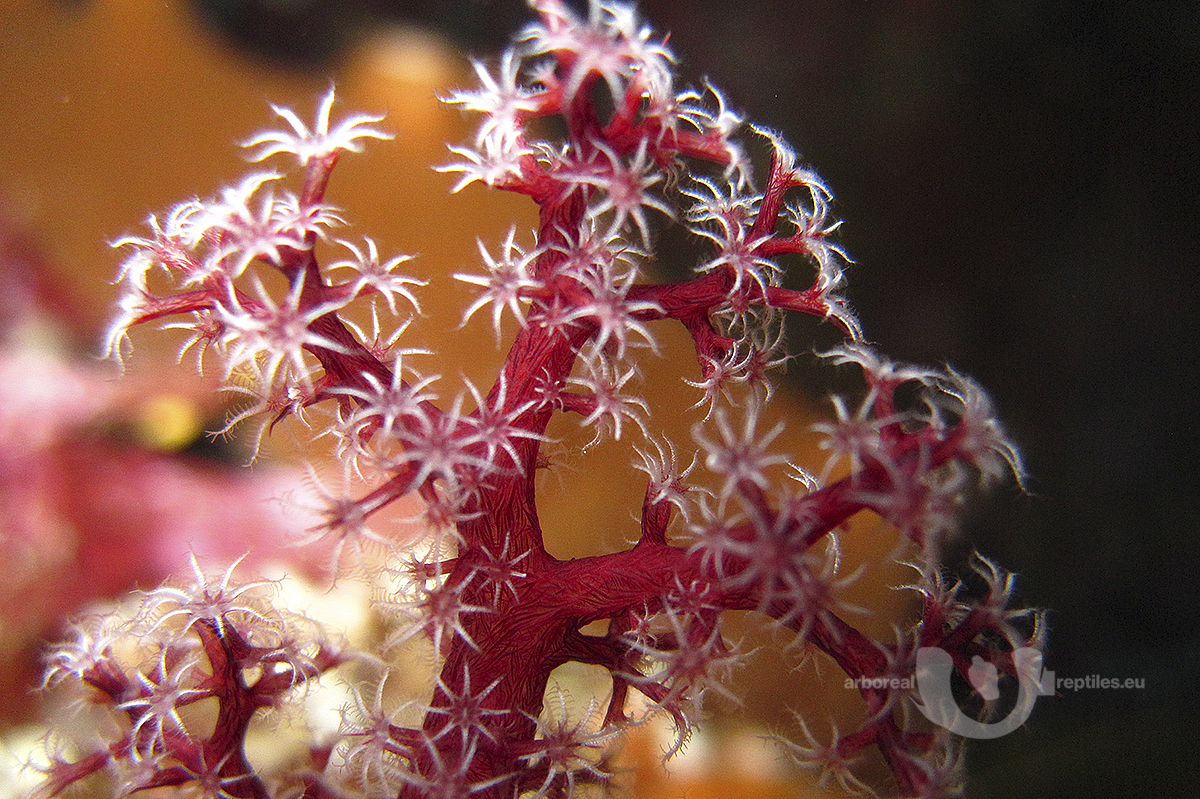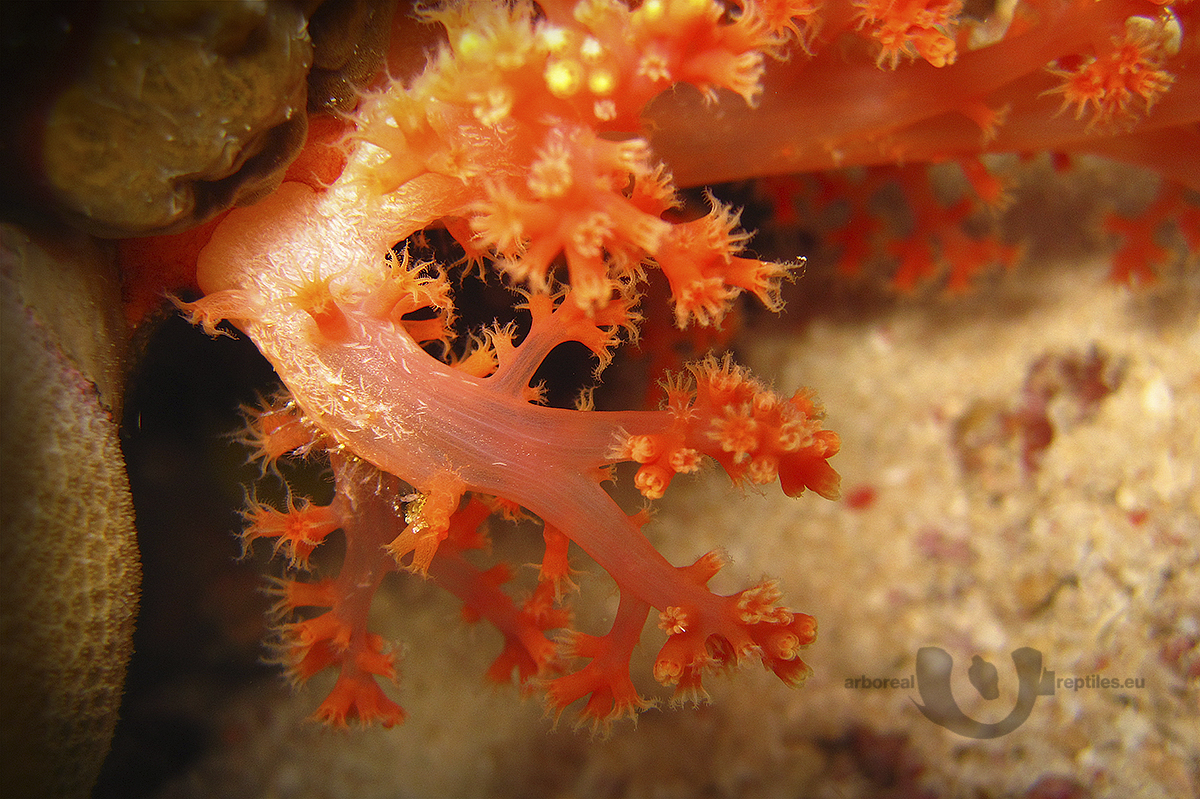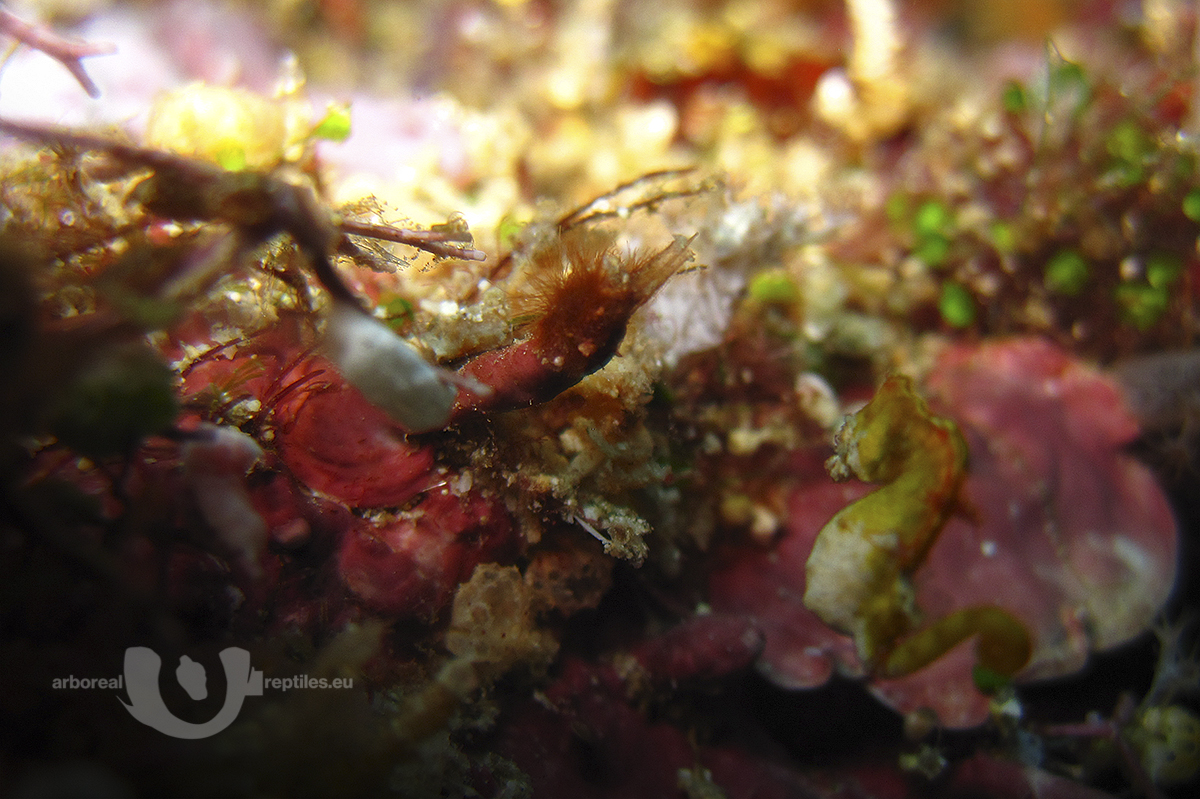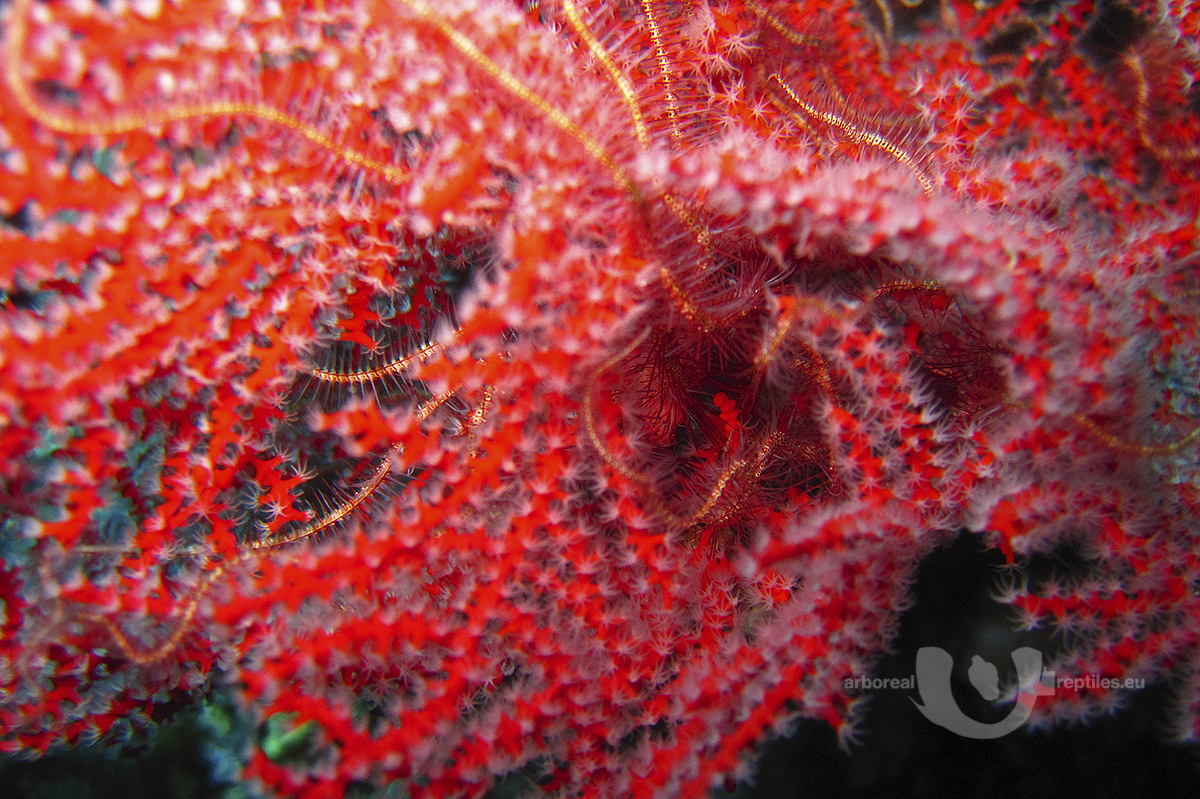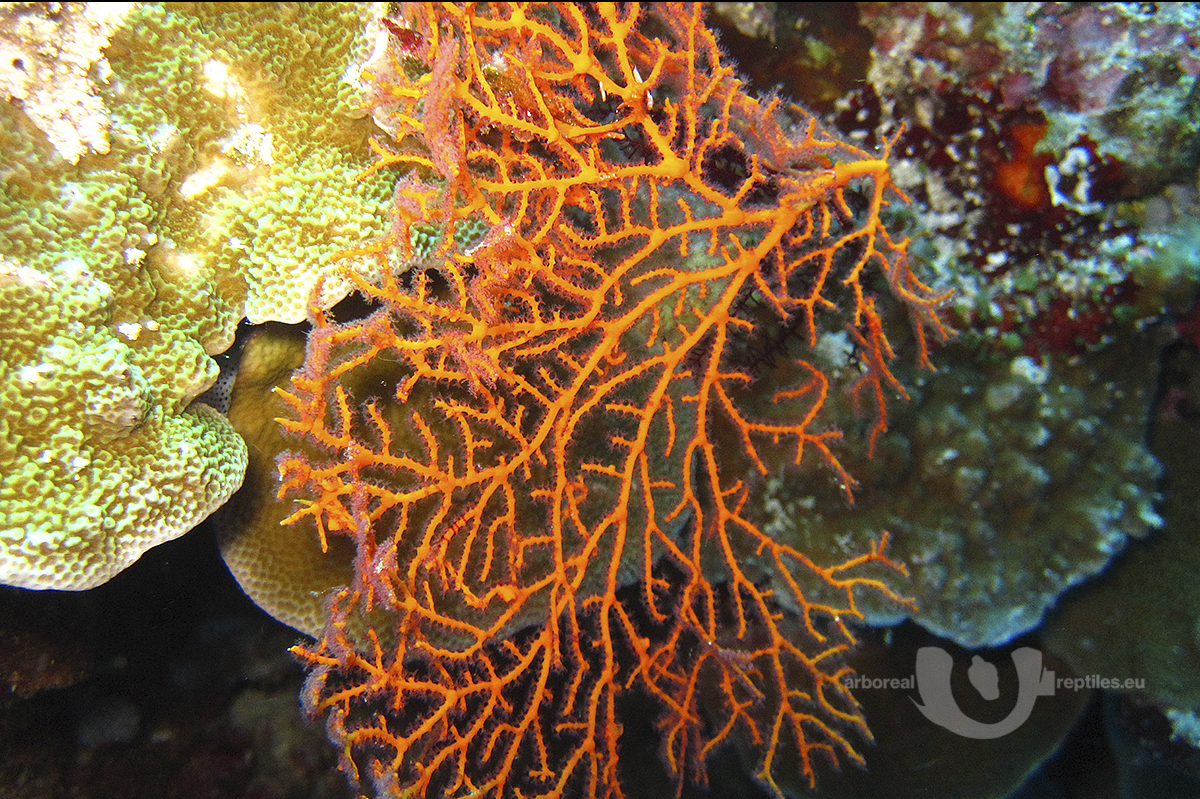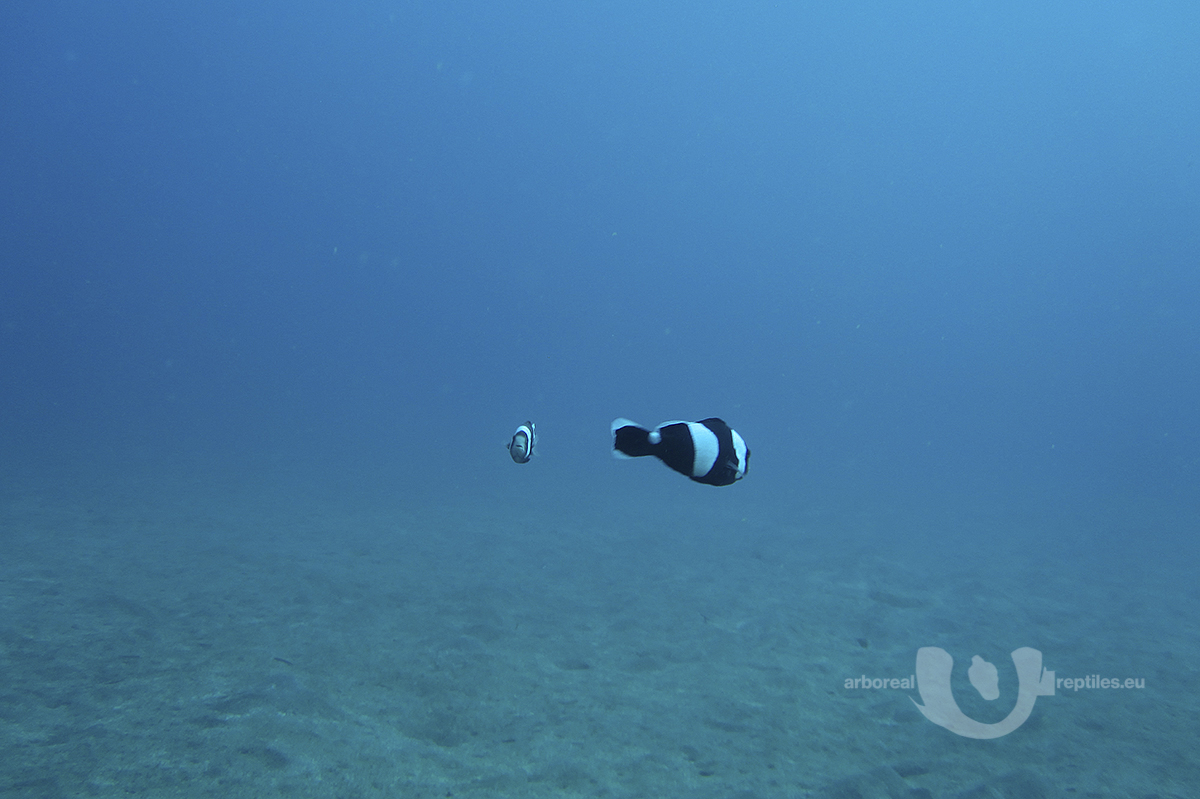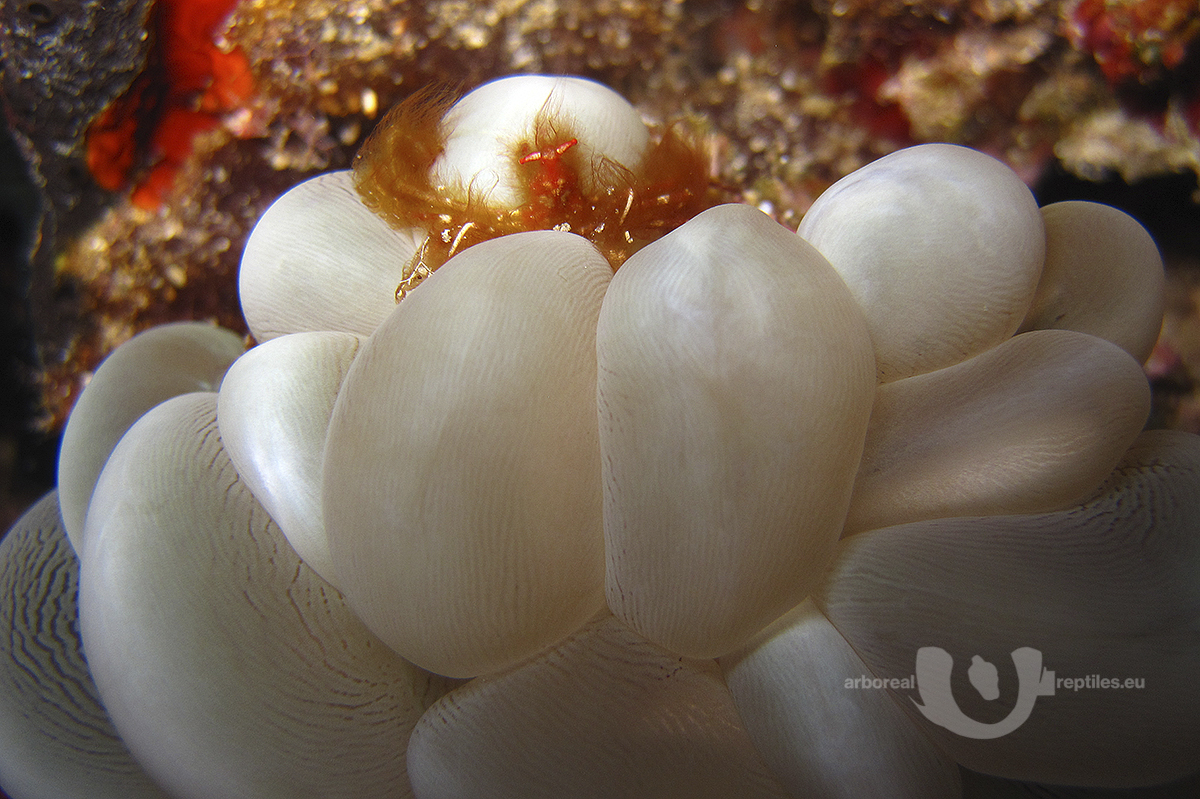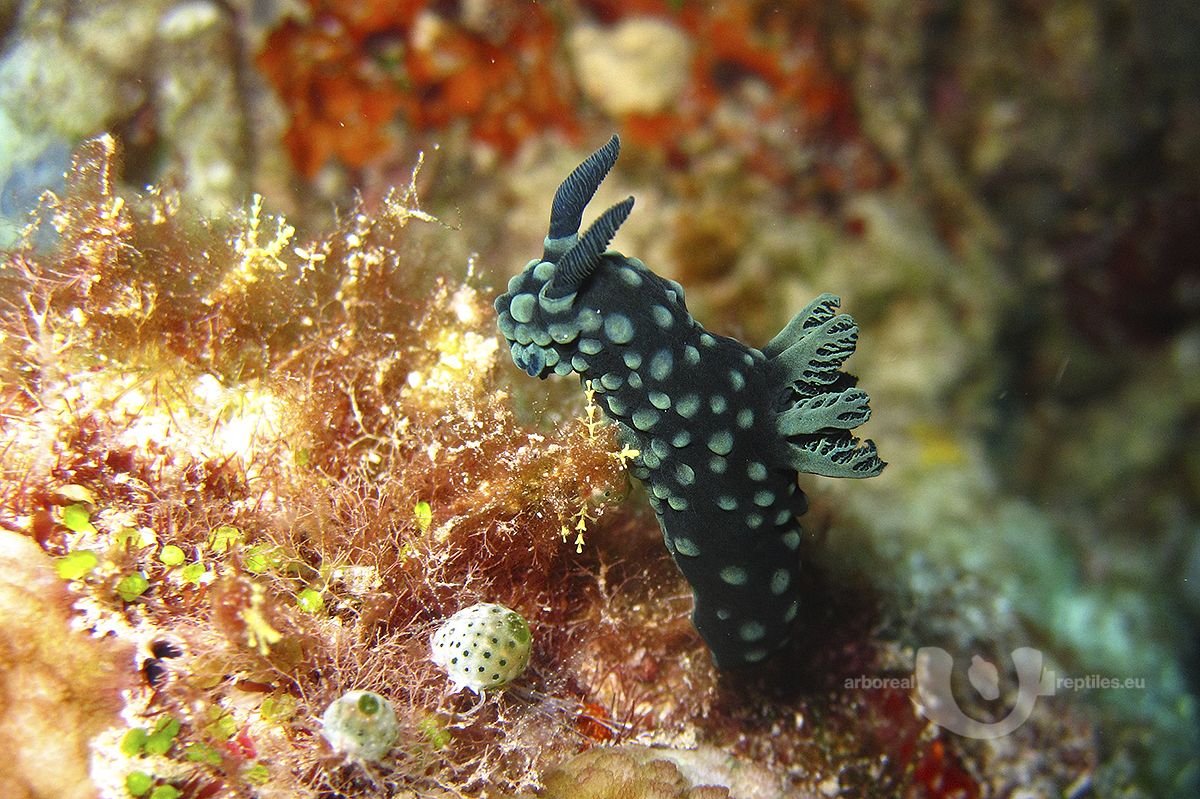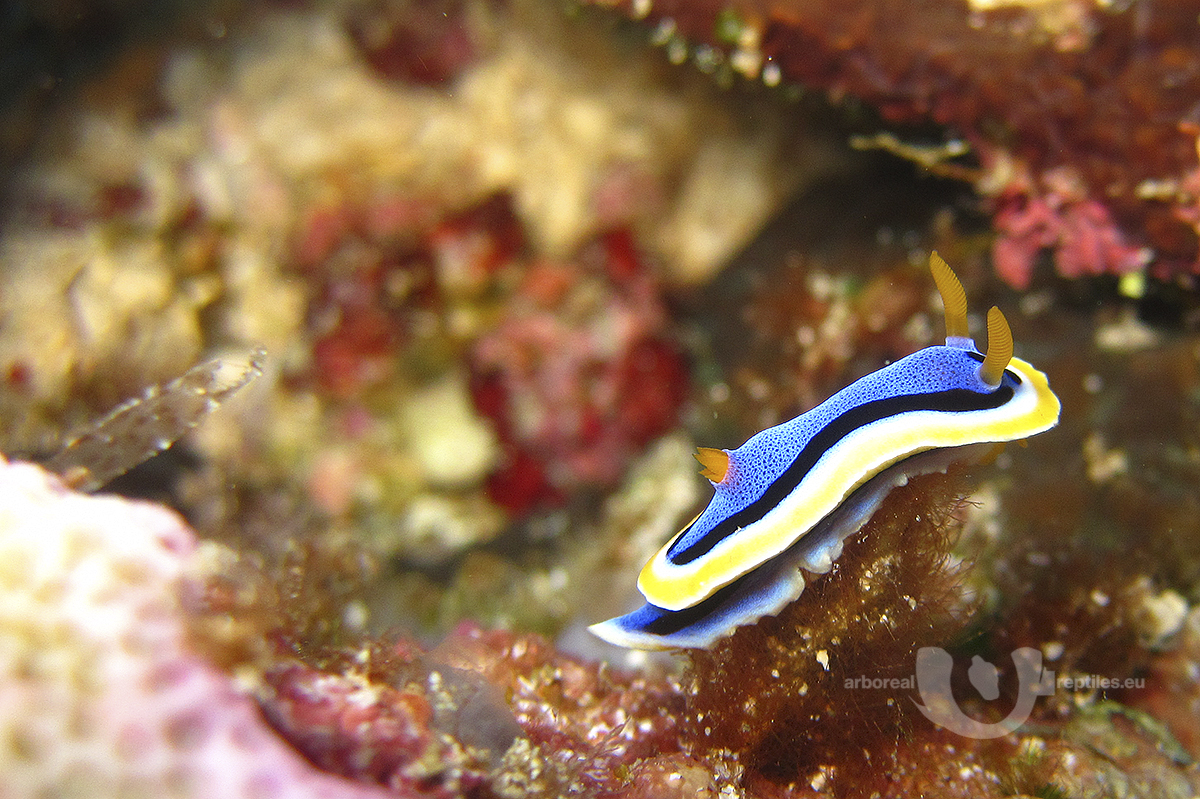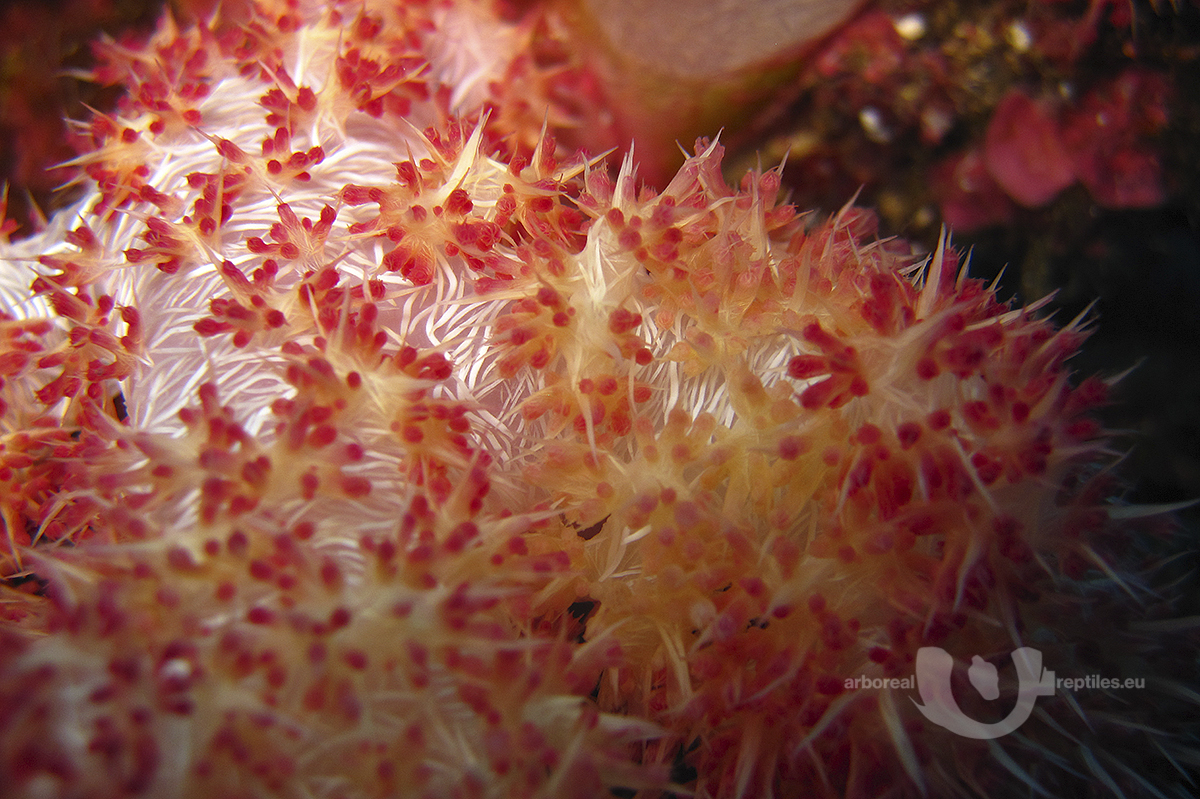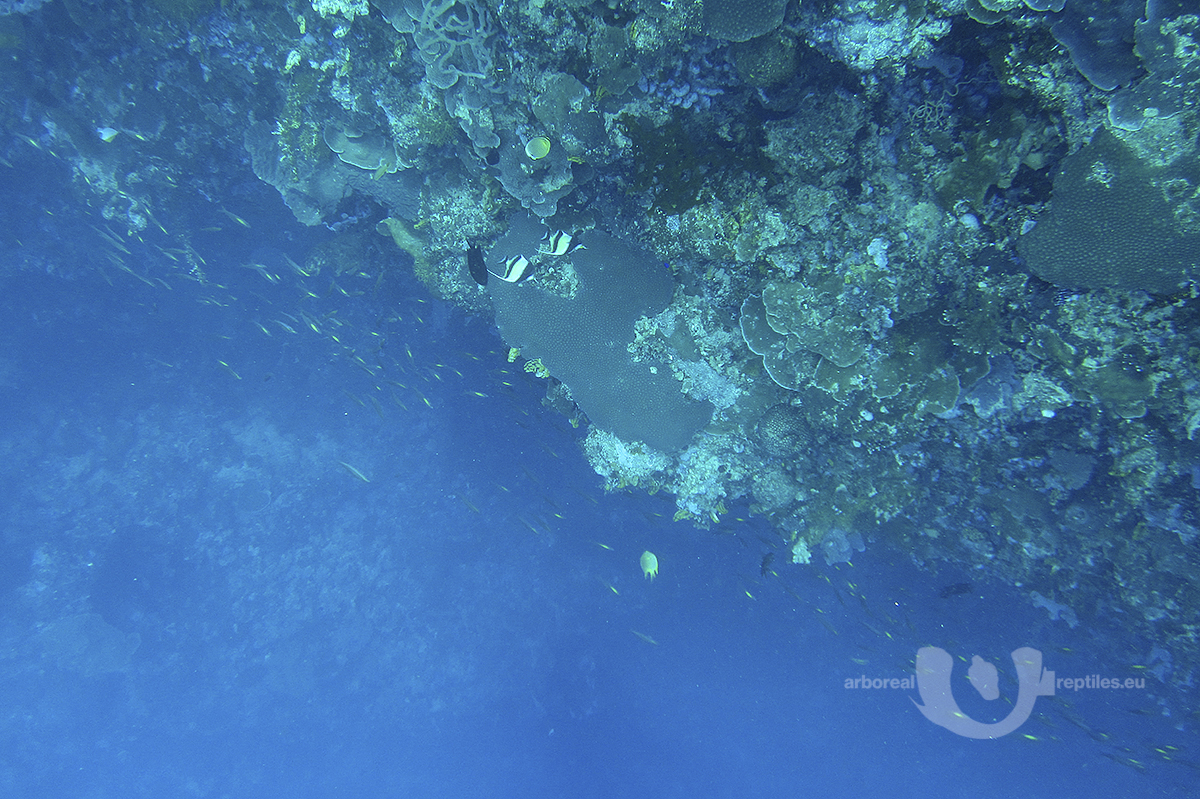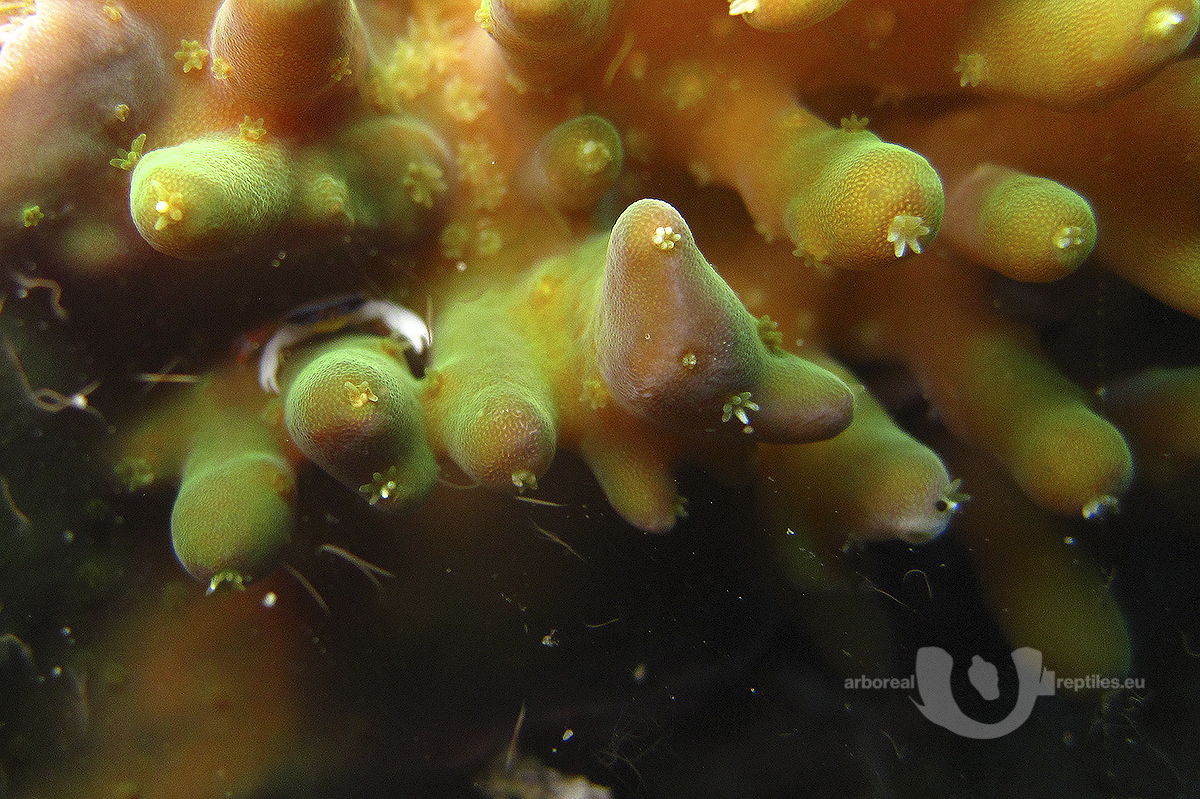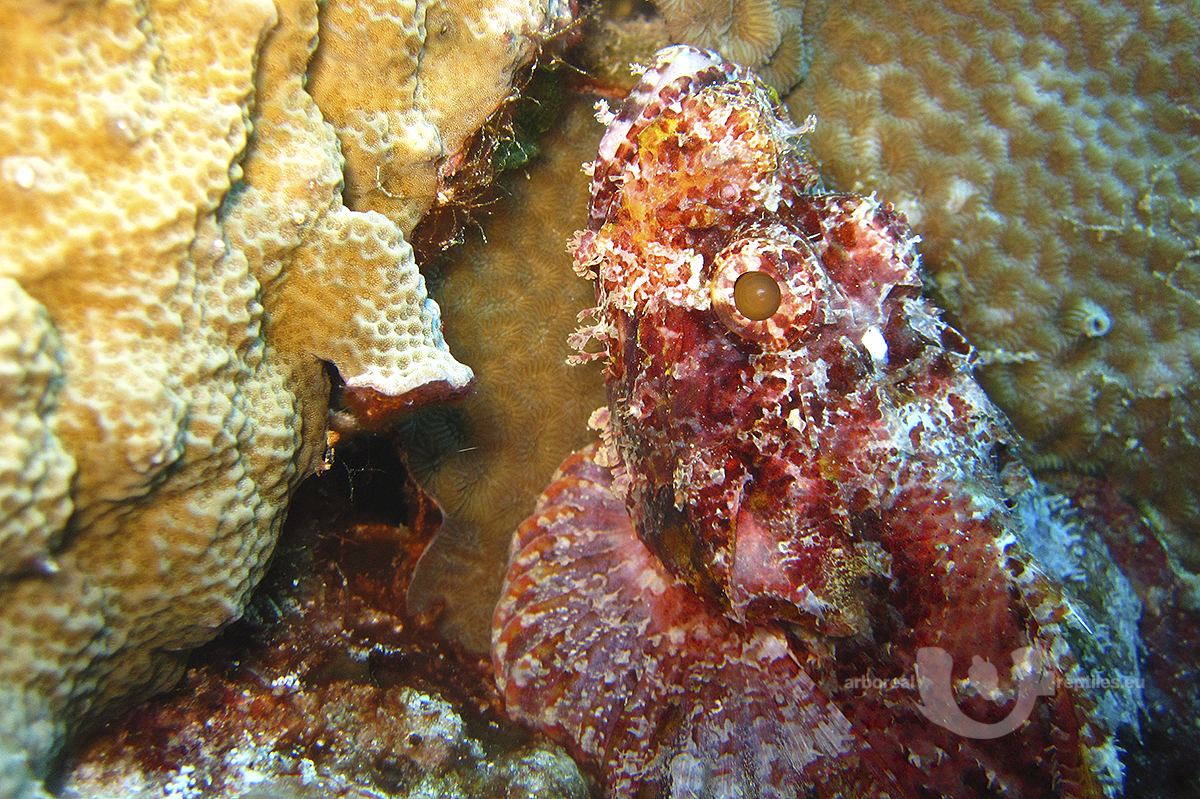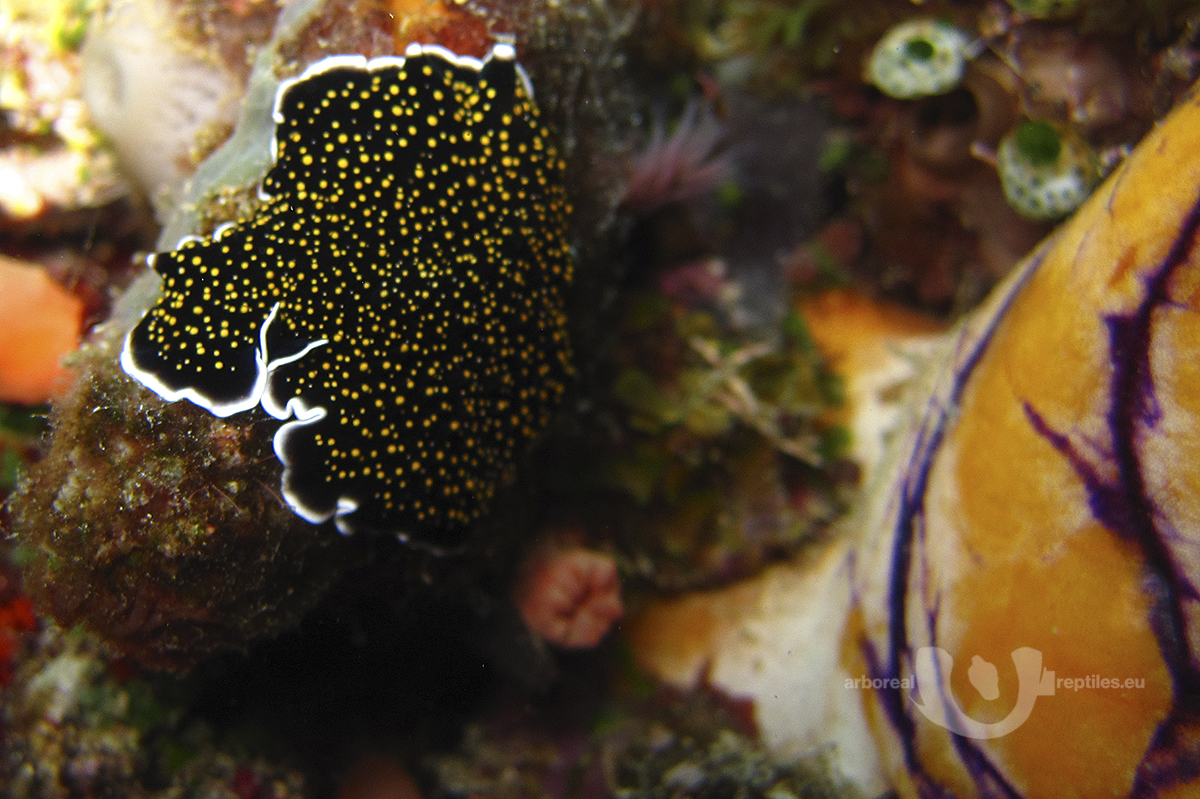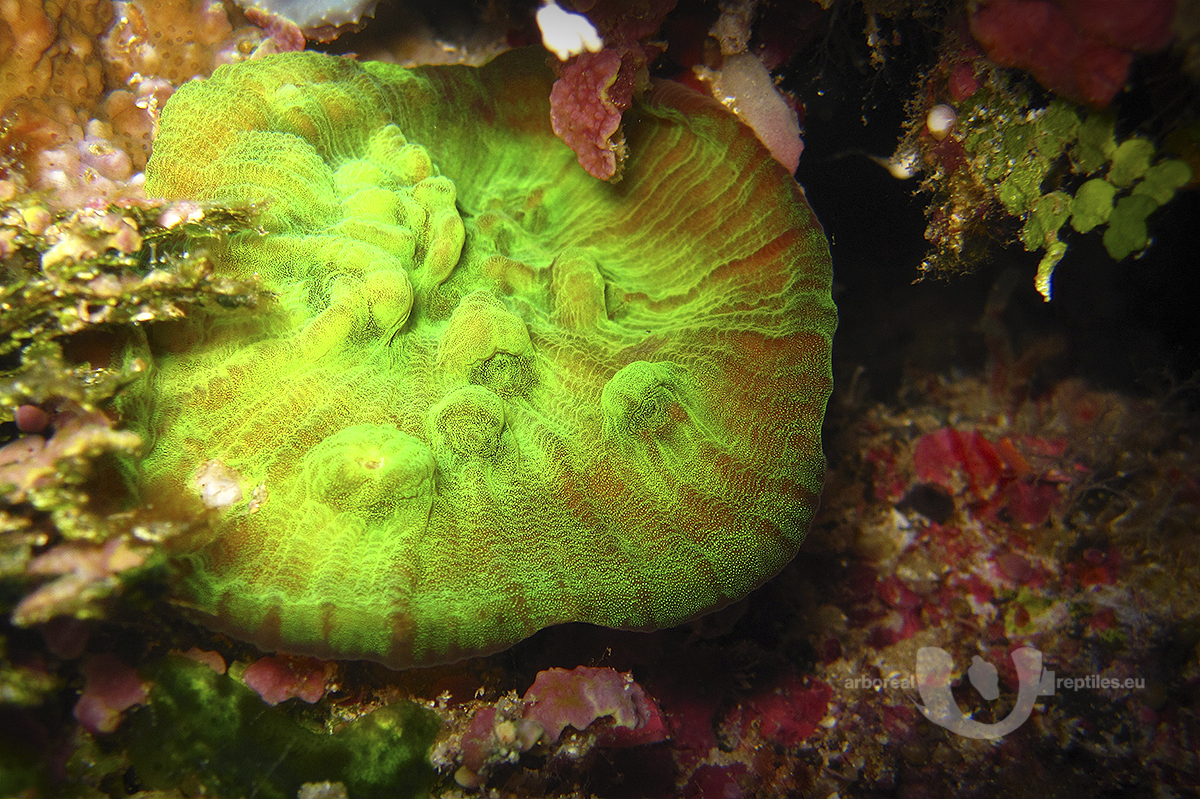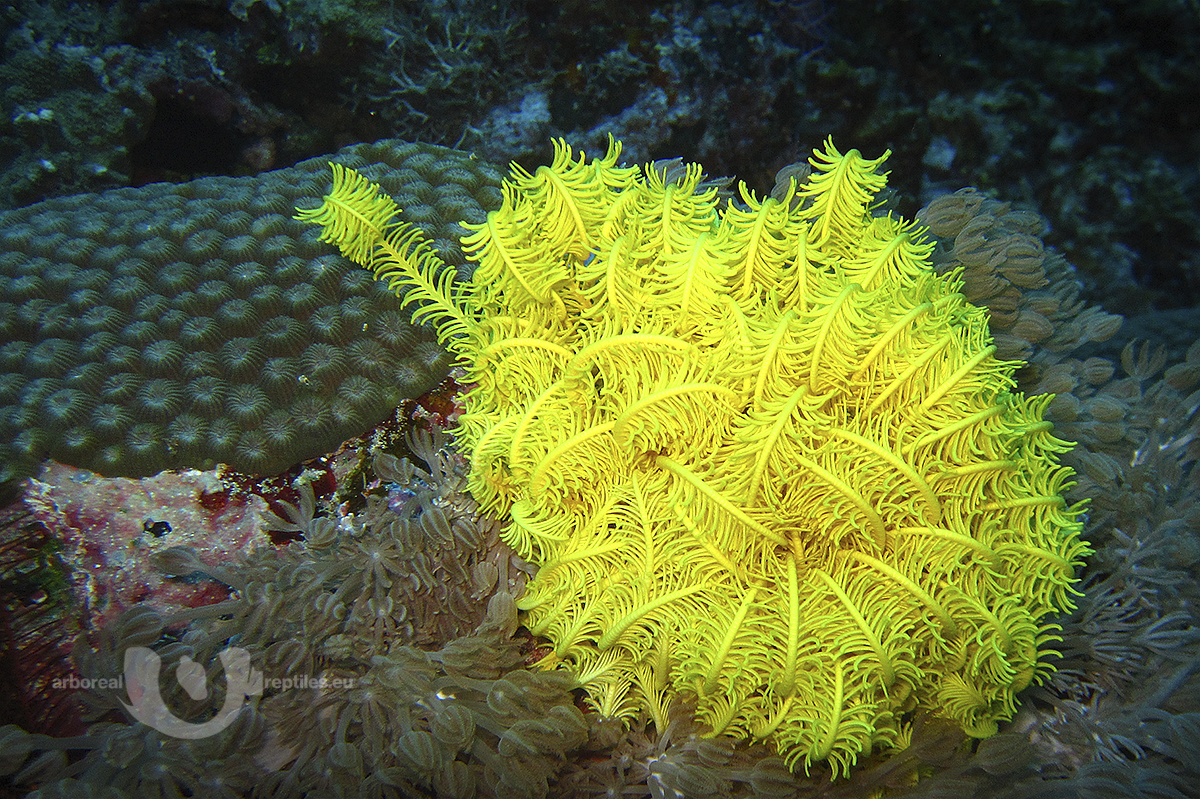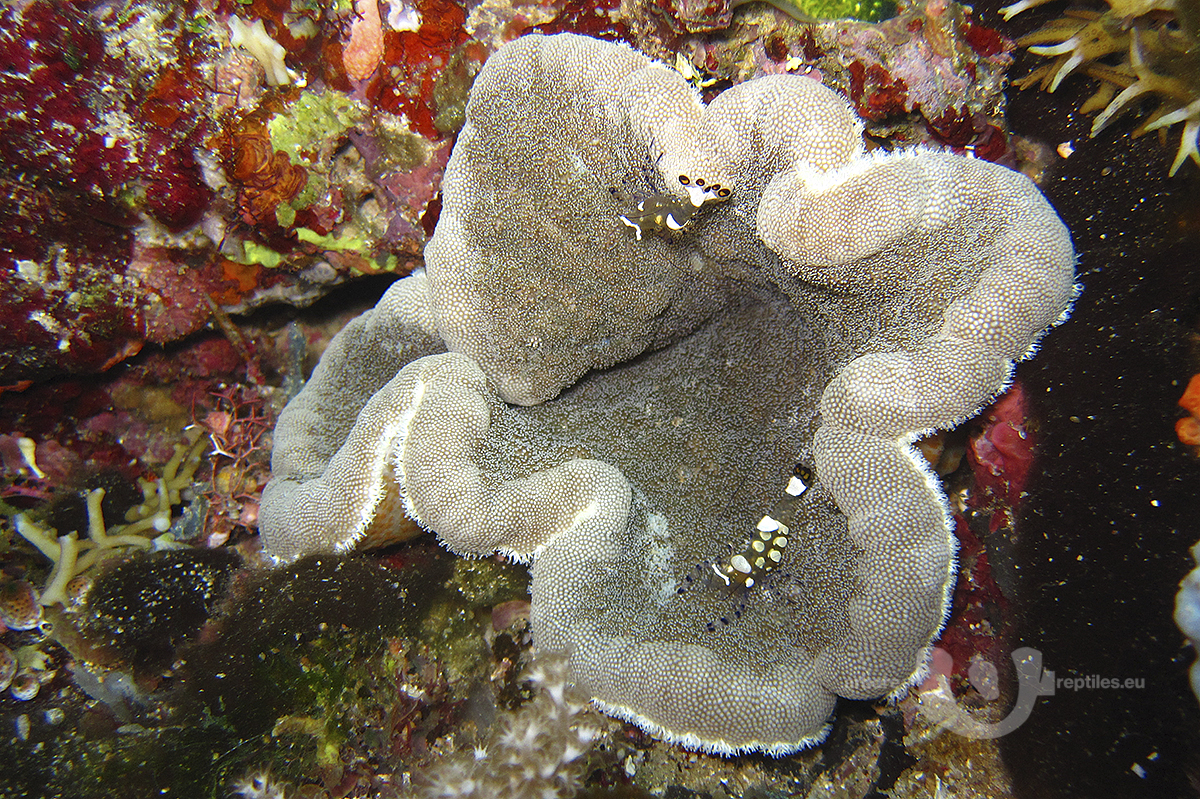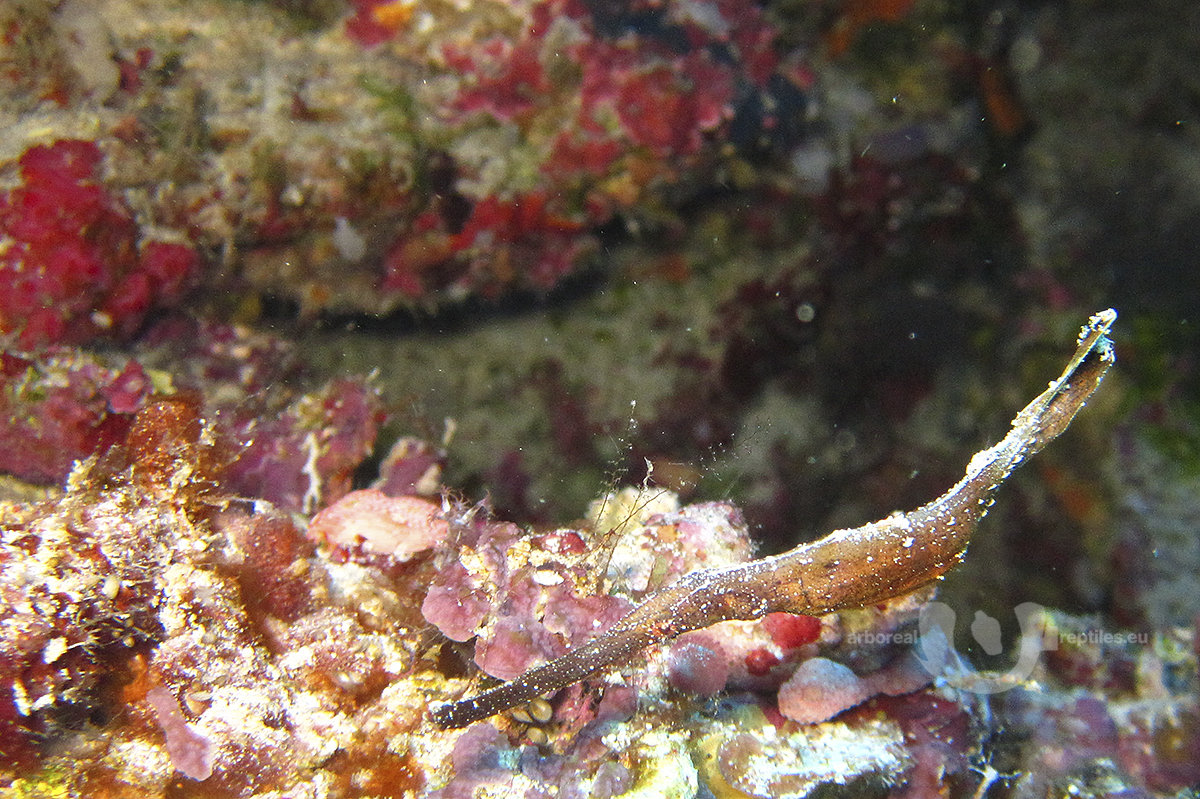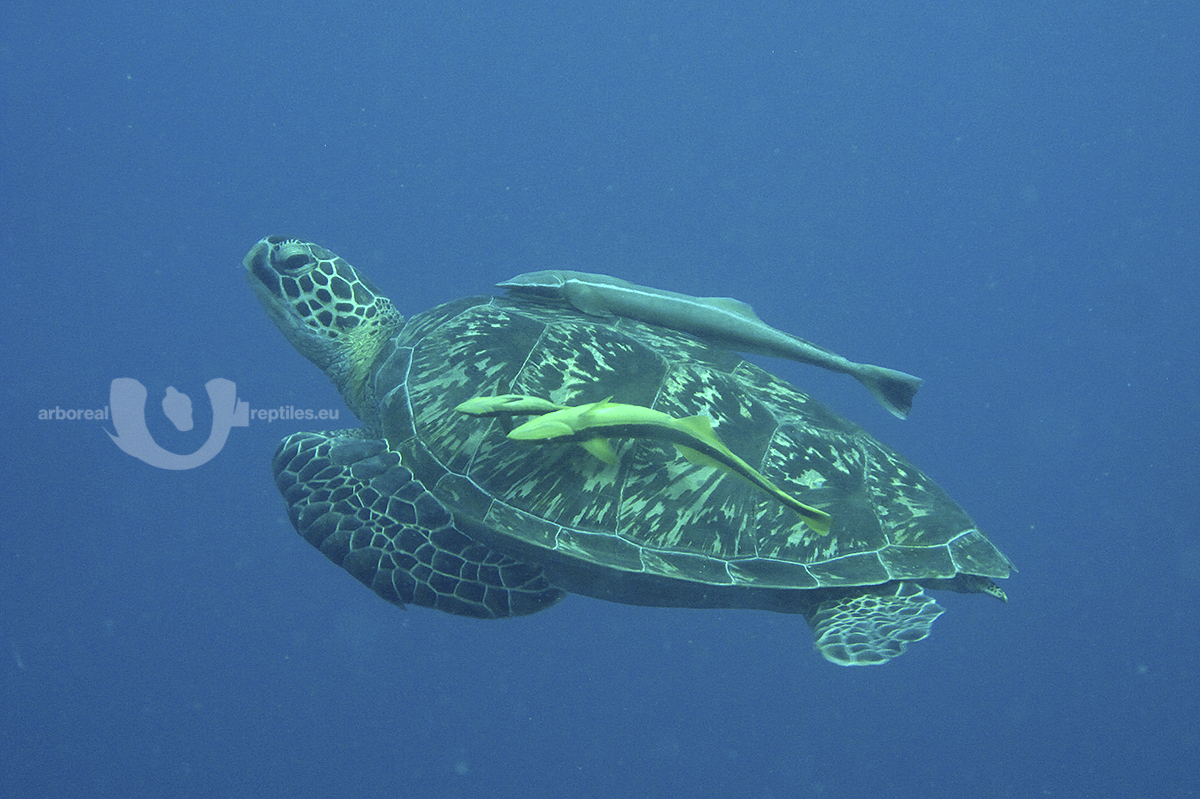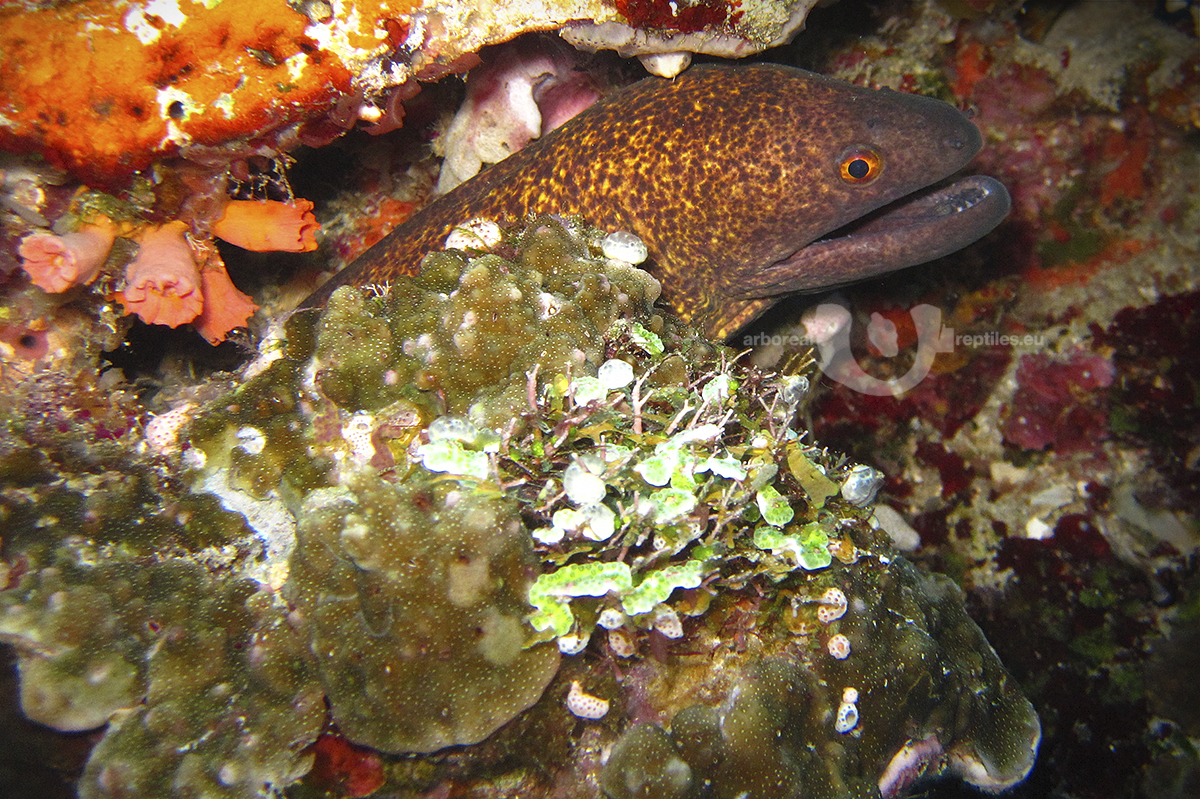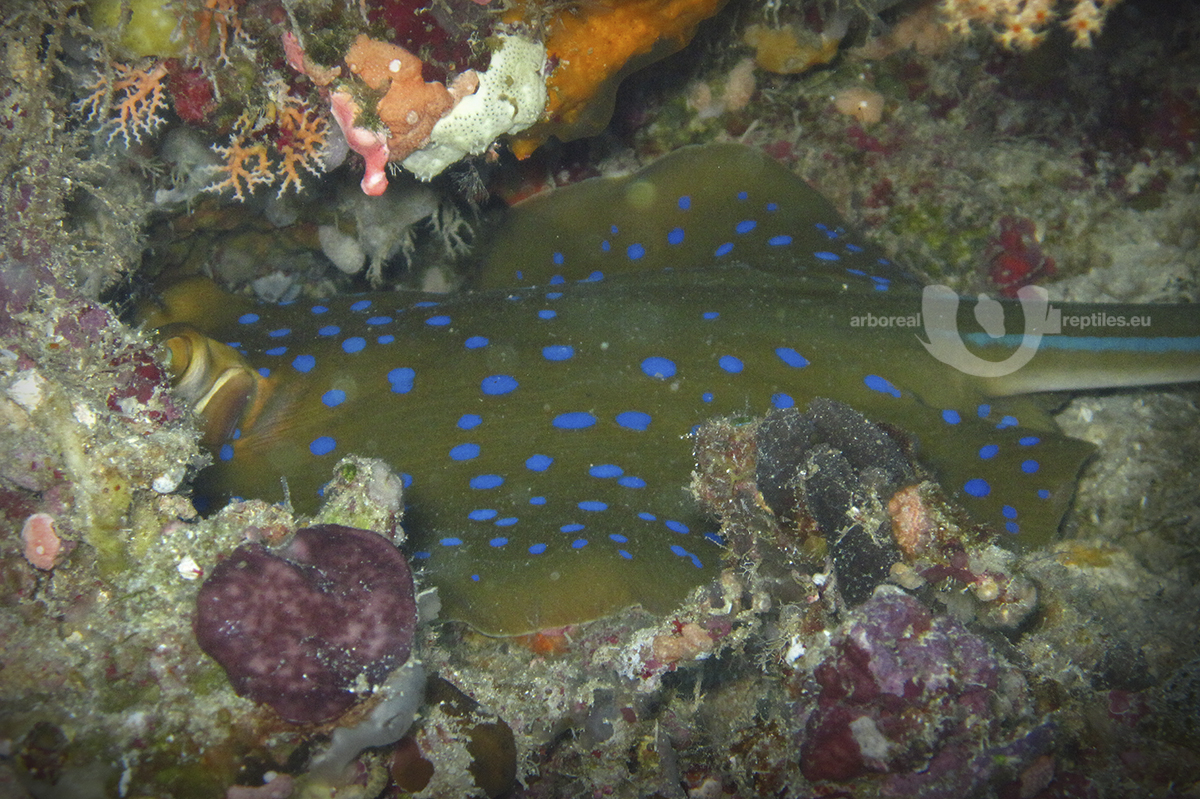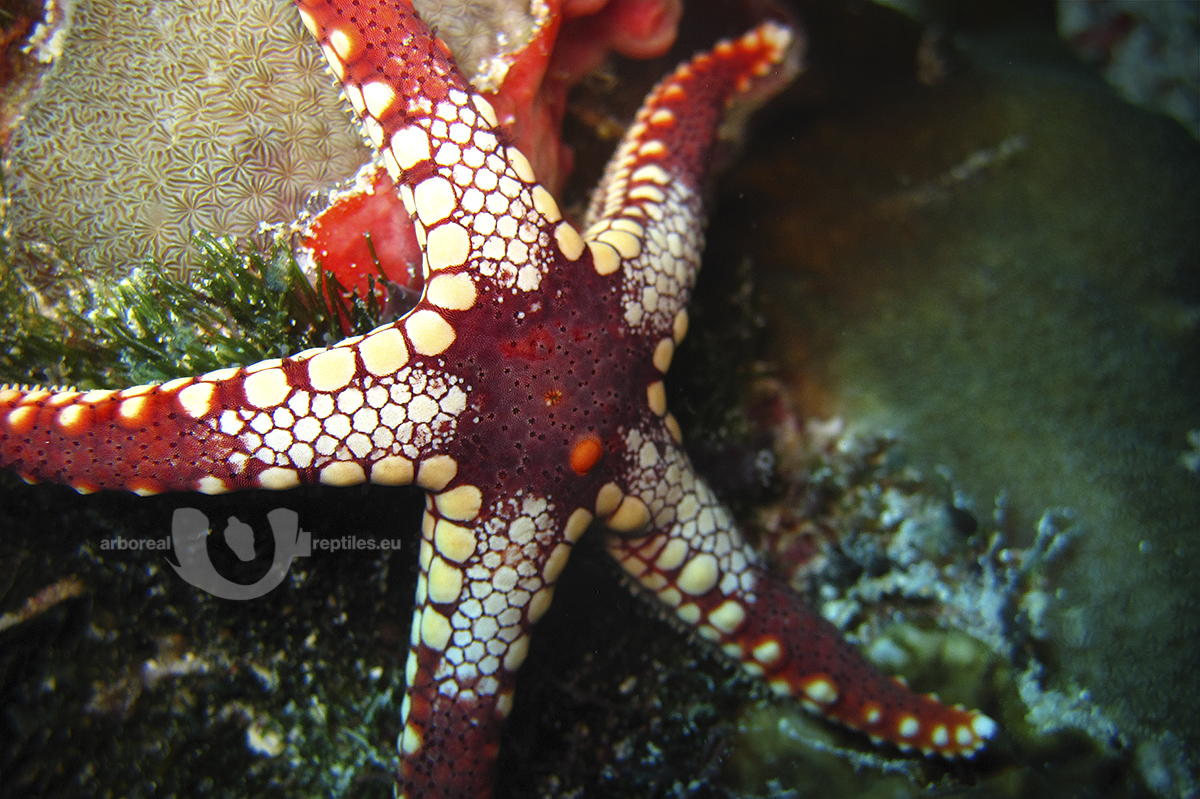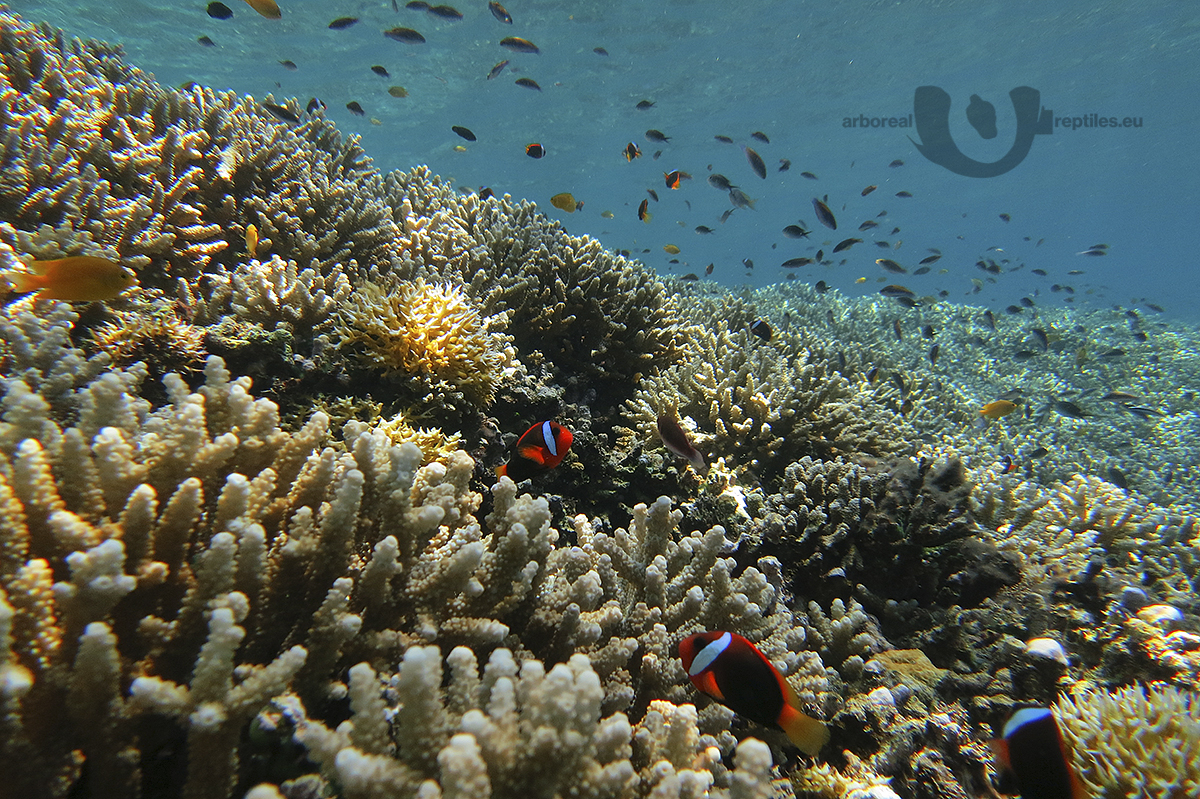Indonesia
| spot: | Papua & North-Sulawesi |
| country: | Indonesia |
| continent: | Asia |
| period: | 2013-08-02 to 2013-09-28 |
In September 2013 we started a trip to the green tree python country. Our first station was Sorong, the capital of Papua, one of the five main islands of Indonesia. While taking a walk through the city the high amount of trash everywhere immediately stands out. But in between the piles of rubbish we could find the first skinks and fiddler crabs.
We were really looking forward to visit a reptile farm (e.g Bushmaster) but sadly they don’t allow any visitors anymore because of incidents with the press in the past. Therefore our stay in Sorong was limited to one night each for arrival and departure, because herpetologically the city can’t offer what some people might expect. Forests full of trees with chondros aren’t to find there, which points out that Sorong is more kind of a transfer site than a catch area.
Eutropis multifasciata
skink
Uca dussumieri
fiddler crab
Our target location was one of the many little offshore islands of Papua, the divers among you might know the region Raja Ampat. A few meters of sandy beach followed by an average twenty meter strip of trees and bushes leads to a steep hill with the same vegetation.
The tropical, warm and moist climate took us a few days to get used to it. There were constantly 29°C (84,2°F), by day, by night and even the sea temperature was the same.
The locals told us, that the day before we arrived on the island, they killed a green snake because it came to close to the camp and may have been venomous. Despite trips through the jungle this story stayed the only serpentological anecdote for this part of the journey. The local population of forest rats and geckos offers enough food for snakes. Together with hermit crabs, spiders and other small creatures there was a lot going on to watch.
Without a doubt the region is even more spectacular under the sea. The offshore coral reef already offered fauna and flora of which any snorkeler or diver heart dreams of. The highest biodiversity of the under water world showed it whole magnificence, as well in big fish as in the corals and their little inhabitants.
Nephila Plumipes
tiger spider
hermit crab
Acropora monticulosa
stone coral
Amphiprion occellaris & Stichodactyla gigantea
ocellaris clownfish & giant carpet anemone
Neopetrolisthes oshimai
porcelain crab
The next stop of our trip led us in the north east of Sulawesi into the Tangkoko national park. In addition to the celebes crested macaque, the tarsius and different kind of birds, we could also spot all sorts of insects and spiders.
Otus manadensis
manado scops owl
bats
Ficus macrophylla
moreton bay fig
Hyllus giganteus
indonesian jumping spider
Tarsius tarsier
sulawesi tarsier
Aceros cassidix
knobbed hornbill
Macaca Nigra
celebes crested macaque
The end of our journey took us in the north west of Sulawesi, on the island Bunaken. The culture shock compared to Papua was enormous. Even though the comparison to the large complexes of hotel chains like in some places in Italy or Turkey might be exaggerated, you can definitely see that the tourism has found its way onto the island. In Sorong we used to be quite exotic with our light skin color which attracted the attention of the locals. Very different to that, the european standard seems to assert itself more and more on Bunaken. The comfort of the accommodation and also the organization of transport and dives weren’t still not like it would be in mid Europe but they met an a lot higher standard than Papua.
Sadly the underwater world didn’t stay unaffected as well. Fields with dead corals through shipping traffic and fishing with dynamite as well as a lot less fish showed the consequences of civilization. Despite everything this is nagging on a very high level, if you can trust the stories of befriended divers when they’re talking about the Egyptian reefs. To show a little evidence of what we were able to see, we put a few underwater impressions on our homepage for you.
Hippocampus bargibant & Muricella plectana
pygmy seahorse & gorgonian sea fan
Periclimenes tosaensis
anemone shrimp
Chromodoris willani
nudibranch
Hoplophrys oatesii
dendronephthya crab
Pterois volitans
red lionfish
sponge
Cirrhipathes Spiralis
spiral wire coral
Odonus niger
redtoothed triggerfish
Nephtea
tree coral
Tubastrea
tube coral
Acropora speciosa
stone coral
Taenianotus triacanthus
leaf scorpionfish
Dendronephthya
soft coral
Hippocampus pontohi
weedy pygmy seahorse
Risbecia apolegma
nudibranch
Ophiothrix purpurea & Gorgonie
purple brittle star & sea fan
Nembrotha sp.
nudibranch
Swiftia kofoidi
sea fan
Amphiprion polymnus
saddleback clownfish
octopus
Achaeus japonicus
orang utan crab
Nembrotha cristata
nudibranch
Chromodoris annae
nudibranch
Dendronephthya
soft coral
Polycarpa aurata
gold-mouth sea squirt
Scolymia australis
scolymia
Acropora granulosa & Tetralia
stone coral & coral crab
Scorpaenopsis oxycephala
tassled scorpionfish
Hippocampus pontohi
weedy pygmy seahorse
Thysanozoon flavomaculatum
yellowspot flatworm
Mycedium robokaki
LPS
Plerogyra sinuosa & Vir colemani
green bubble coral & Coleman's coral shrimp
Comatulida
feather star
Periclimenes brevicarpalis & Stichodactyla haddoni
glass anemone shrimp & Haddon's carpet anemone
Solenostomus cyanopterus
ghost pipefish
Montipora
stone coral
Chelonia mydas
green turtle
Gymnothorax flavimarginatus
yellow edged moray
Taeniura lymma
blue spottet stingray
Synchiropus splendidus
mandarinfish
Fromia monilis
necklace starfish
Amphiprion frenatus
tomato clownfish
Serpentological our experiences where limited to two encounters. At the day of our departure a slim, arboreal lizard-eater literally fell on our lap. Sadly the little fellow was gone as quick as he came and neither the snake nor the gecko it went after couldn’t be found anywhere despite an intense search.
Shortly after that we left the island by boat. While looking down on the reef we could spot a sea krait following its path through the corals. Sadly we weren’t able to catch those events on camera but now we definitely have a reason to go back one day to the green tree python country.















